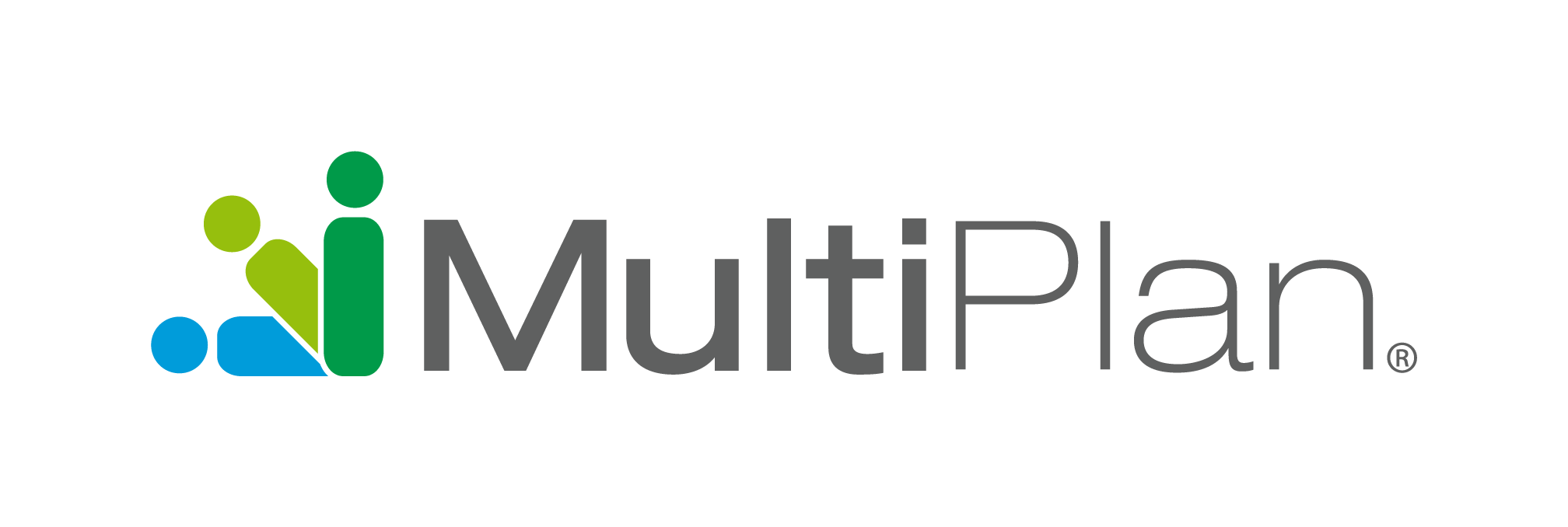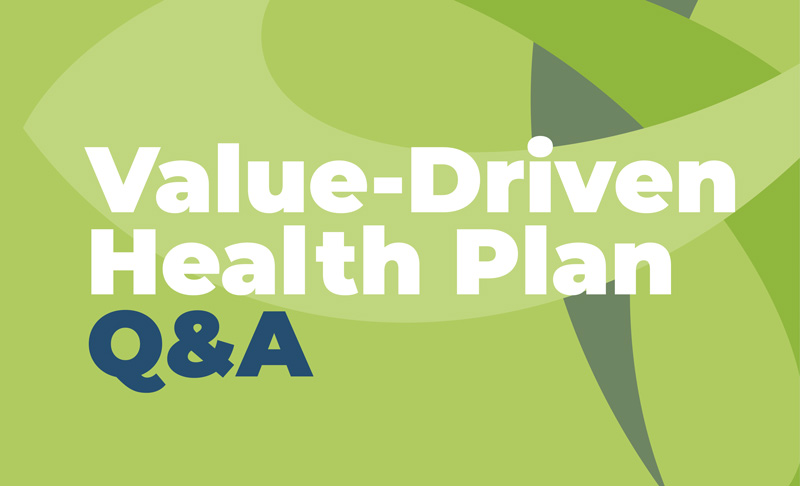
In November of 2020, MultiPlan acquired HST. We recently sat down with HST’s president, Ryan Day, to learn about HST’s past and plans for the future.
Q: How did HST get started?
A: HST was started because of the dysfunction in the healthcare market. Healthcare is the only thing I can think of that consumers buy without knowing the cost or asking about price — and prices keep increasing. This is creating major issues. Approximately 62% of household bankruptcies are caused by medical expenses1. We created HST to address this problem. We want healthcare consumers — employers and members — to understand what they’re paying for before they buy it, and we do this by enabling Value-Driven Health Plans.
Q: HST was recently acquired by MultiPlan. How do the two companies complement each other?
A: HST performs reference-based pricing on facility claims, which typically have higher charges than practitioner and certain facility claims billed as professional claims even though the volume is lower. Most employers and other plan sponsors prefer to use a network for professionals, and MultiPlan offers strong practitioner and ancillary networks. The two services complement each other well, and as part of MultiPlan, HST has been able to tightly integrate the network option in our “standard” Value-Driven Health Plan services for a better experience for the client, member and provider
Q: What is a Value-Driven Health Plan?
A: A Value-Driven Health Plan is a plan that substitutes the network – or the facility component of the network – with pricing based on a reference such as Medicare and, importantly, tools that engage the member and the provider to make optimal use of the plan’s benefits. For example, members have access to HST Connect, a mobile app and website that allows them to choose a provider based on price, quality and how likely the provider is to accept HST’s rate. Effectively, even without a network, we still help to steer plan members to quality, cost-effective providers and providers still benefit from that steerage. We communicate with providers at key points such as prior authorization to make sure they understand the potential reimbursement, or have the opportunity to reach an acceptable agreement. Post-service, members have access to HST’s Patient Advocacy Center in the unlikely event that they are balanced billed, and providers have access to a portal so they can understand how the reimbursement was calculated. We use Medicare as the primary reference for pricing because it gives us a benchmark to understand what others are paying for a medical service, and we use this benchmark as the starting point to calculate a reimbursement that makes sense to the provider, employer and member. We offer two Value-Driven Health Plan configurations: one with no network and one with MultiPlan’s network of practitioners and ancillary facilities that bill on a professional claim form (e.g., labs).
Q: How does transparency affect healthcare costs?
A: It’s allows patients to see what they will potentially pay and gives them the power to influence where they go for care. Hospitals will have to compete for patients. Price will be a consideration, but also so will quality and the provider’s willingness to accept the amount reimbursed under the plan. People want the best price and the best quality.
Q: Why should employers care about Value-Driven Health Plans?
A: At the end of the day, employers want to be able to offer healthcare benefits and in order to do so, particularly coming out of a pandemic, they must control their healthcare spend. More importantly, they want to know that healthcare will remain affordable going forward. Not only will they bend the cost curve with a Value-Driven Health Plan, but they will achieve savings that are sustainable. Employers know what they’re going to pay because benchmarks and supportive data are provided. They can reinvest the 20-30% they save in their business or give it back to their employees in the form of lower premiums.
Q: What impact do member tools such as HST Connect have?
A: There are a lot of member tools such as cost estimation and search apps and low utilization has always been an issue. HST Connect is different because it helps the consumer to shop when they don’t have the guarantee of no balance billing that a network-based plan offers. Because balance billing is a possibility, plan members have a compelling reason to be actively engaged in the shopping process. They can use HST Connect to see if the hospital typically accepts the plan’s payment. They can compare one facility’s costs to another’s for the services to be received, and they can see how well the facility delivers those services. We also make it more convenient for members in Value-Driven Health Plans that include a professional network component. They can identify providers in their network as well as the acceptance rates of those not in their network. By using HST Connect, members can make informed decisions. We’ve had great success with it. The utilization is around 30% versus the industry average of 1-2% for other member tools.
Q: What’s next for Value-Driven Health Plans?
A: We’ve addressed the price and acceptance component, but we’ve really only scratched the surface of what’s possible with the quality component. We believe a Value-Driven Health Plan should equip plan members to ensure they are getting the right care. Do patients choose the best surgeon possible for their specific need, or do they go to one for convenience and because a friend had a good experience? We want to tailor the quality metrics around how good hospitals and doctors are at what they do so patients can make informed decisions about their healthcare. Quality is going to be the big story moving forward.
- David U. Himmelstein, et al. “Medical Bankruptcy in the United States, 2007: Results of a National Study,” Page 741-742. Elsevier Inc, 2009.

